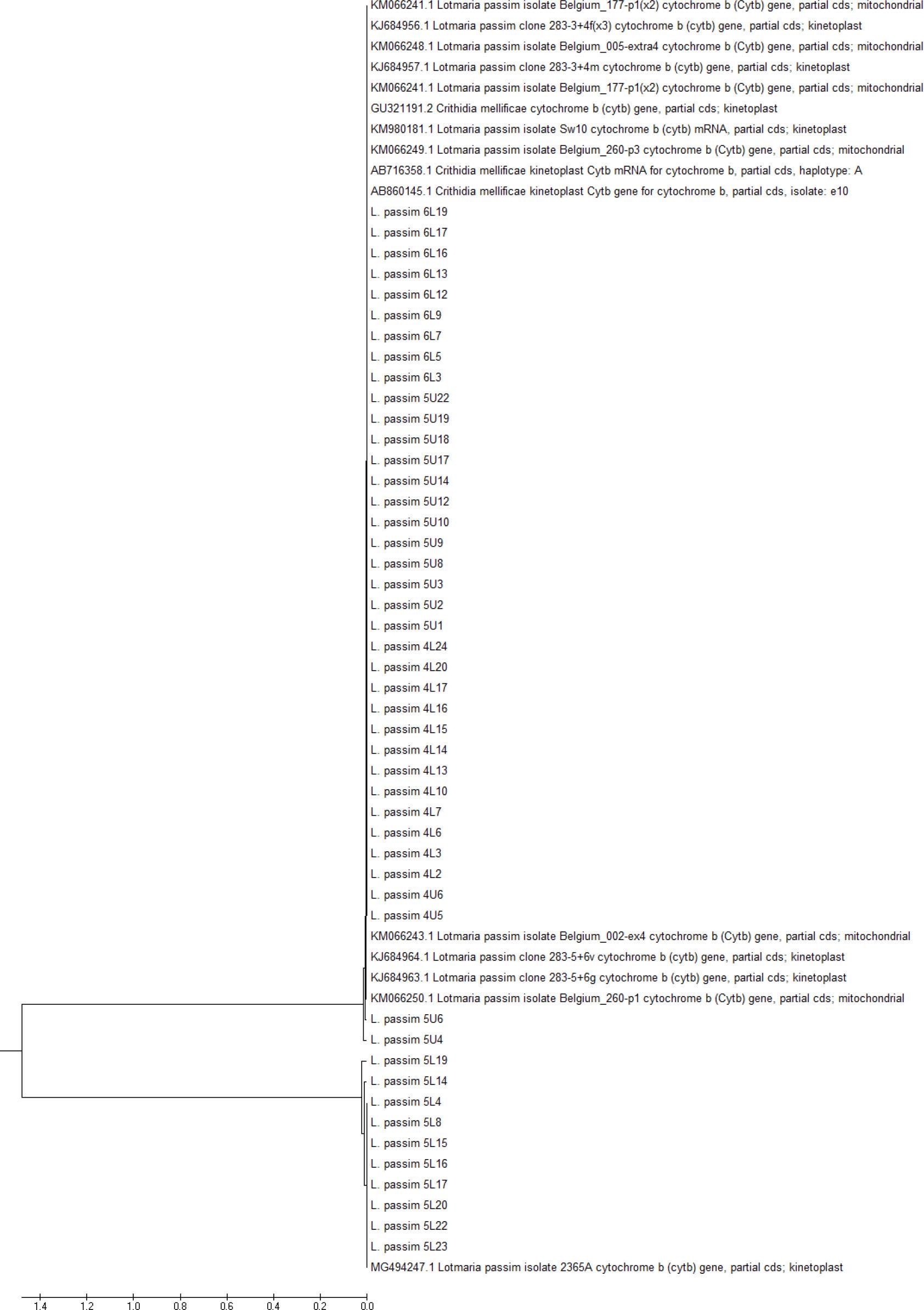Fig. 1.


© 2024 Maria Iller, Karolina Lipczyńska-Ilczuk, Rajmund Sokół, Grzegorz Borsuk, Agata Bancerz-Kisiel, published by National Veterinary Research Institute in Pulawy
This work is licensed under the Creative Commons Attribution-NonCommercial-NoDerivatives 3.0 License.